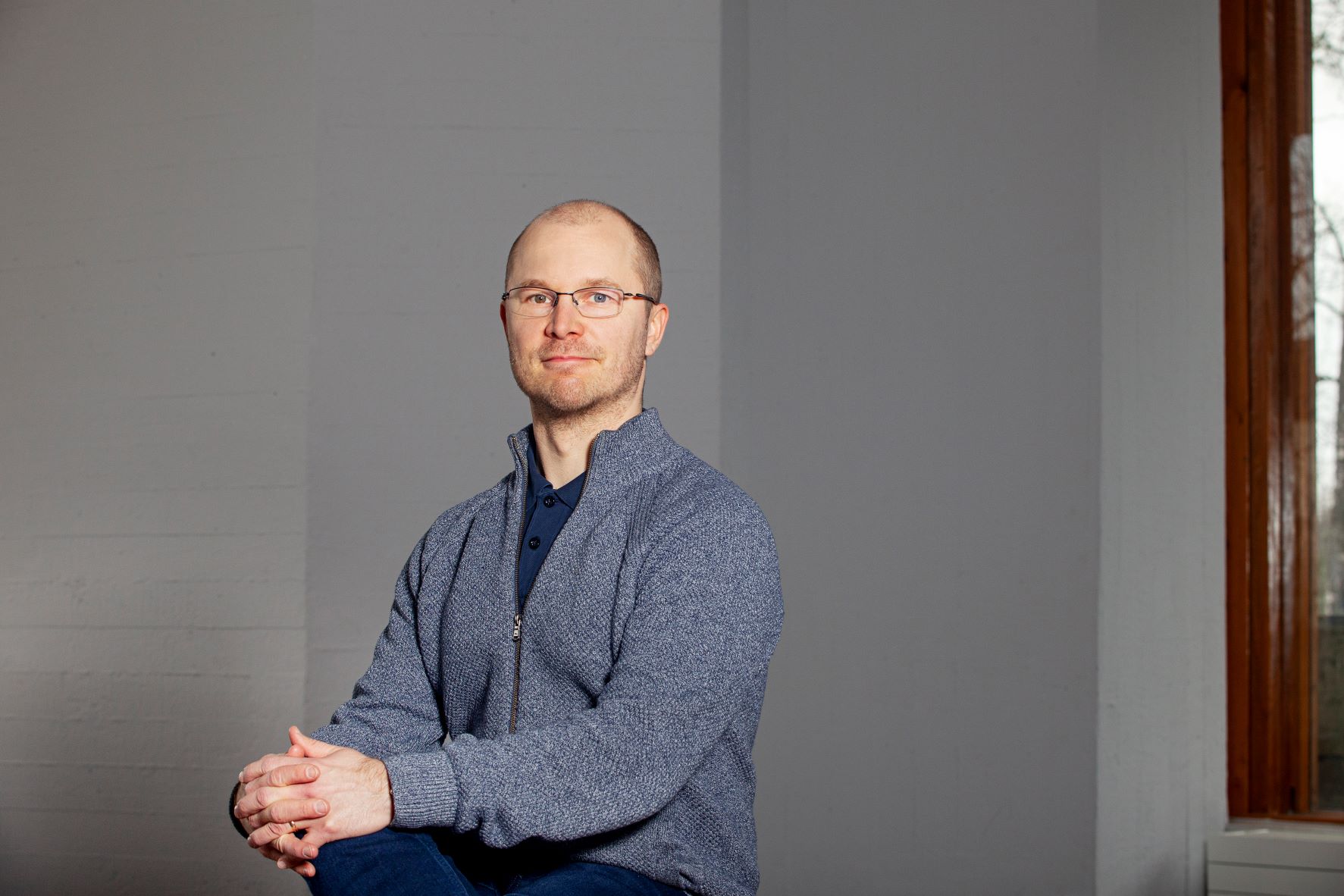New information on the spread of gut bacteria that cause bloodstream infections

A study carried out by the University of Helsinki, Aalto University and Tampere University with international collaborators determined, for the first time, the population-level basic reproduction number (RŌéĆ) of an opportunistic bacterial pathogen, describing the spread of bacteria on average among humans. RŌéĆ is a value based on a mathematical model of the spread of the pathogen in a population of potential carriers. It came to the attention of the public prominently during the coronavirus pandemic.
Three bacterial strains causing global pandemic
The study focused on the Escherichia coli bacterium, the most common cause of urinary tract infections and bacteraemia, also termed bloodstream infections. Three new E. coli strains belonging to the ST131 genotype began to spread globally in the early 2000s. This genotype has been the subject of intensive international research ever since its discovery and naming in 2008, because it causes a large number of severe infections. Since there are very small genetic differences between ST131 clades, or subtypes, large-scale bacterial genome sequencing has brought new opportunities to investigate them.
ŌĆ£By combining data from the national infectious disease registers in the United Kingdom and Norway with data on the asymptomatic UK population, we were able to design a new type of epidemiological model that made it possible to estimate and compare the RŌéĆ of three closely related pandemic E. coli strains,ŌĆØ says Professor Jukka Corander from the University of Helsinki and the University of Oslo, who headed the project together with Professor Pekka Marttinen from Aalto University.
The researchers found that the two strains with multi-drug antibiotic resistance (ST131-C1 and ST131-C2) have significantly lower transmissibility at the population level (RŌéĆ = 1.18 and RŌéĆ = 1.13) than their more antibiotic-susceptible sister strain ST131-A (RŌéĆ = 1.47) in environments of typically lower antibiotic usage, including Norway and Finland.
The estimated RŌéĆ of ST131-A is comparable with pandemic influenza viruses, such as H1N1, whose reproductive number has previously been estimated at 1.45. This indicates that some gut bacteria can spread as efficiently as certain airborne-transmitted viruses ŌĆō even though the fundamental difference between these two types of microbes calls for caution inl comparisons.
The lower transmissibility of ST131-C1 and ST131-C2 indicates that their global spread has been boosted by selection pressure caused by antibiotics, and that they may spread primarily in healthcare facilities.
ŌĆ£The modelling project utilised , a statistical inference software under development in the Finnish Center for Artificial Intelligence (FCAI) Flagship of the Research Council of FinlandŌĆØ, says Fanni Ojala, a researcher at Aalto University. Ojala, who is currently writing a doctoral thesis on infectious disease transmission models, was responsible for coding the computer simulation model describing the spread of E. coli infections and data analysis. ELFI is one of FCAIŌĆÖs spearhead projects, whose development Assistant Professor Henri Pesonen from Tampere University has been coordinating for several years.
ŌĆ£ELFI relies heavily on breakthroughs achieved through basic research, which generally speeded up the inference of unknown parameters in the simulation models 100- to 10,000-fold without reduced accuracy,ŌĆØ Pesonen says. According to him, the software has been used, alongside the infection models, for a range of applications from plasma physics to brain research. A future goal is to make it an increasingly accessible tool for both academic and commercial research.
A screening system for prevention needed
ŌĆ£Our research supports developing genomic screening systems for opportunistic bacterial pathogens already at the healthy carrier stage, instead of the current practice of considering disease cases only, to better understand the evolution of new strains and the reasons underlying faster transmission,ŌĆØ Corander says.
Source:

Read more news

Design Factory turns shipping containers into art
Aalto Design Factory has transformed their old storage containers into captivating works of outdoor art titled ŌĆśBittiŌĆÖ and ŌĆśAtomiŌĆÖ, merging functionality with artistic vision to enhance the campus environment.
To Code or Not to Code? Python or R? Or ChatGPT?
Is software coding a skill of the past with generative AI tools? Not at all! Join the open courses!
Professor Jenni Reuter: ŌĆ£Architecture can make the world a little betterŌĆØ
Architect Jenni Reuter is driven by a desire to do meaningful work, develop herself and others, and build a more sustainable future. She believes that every action can do some good ŌĆō including in architecture.






